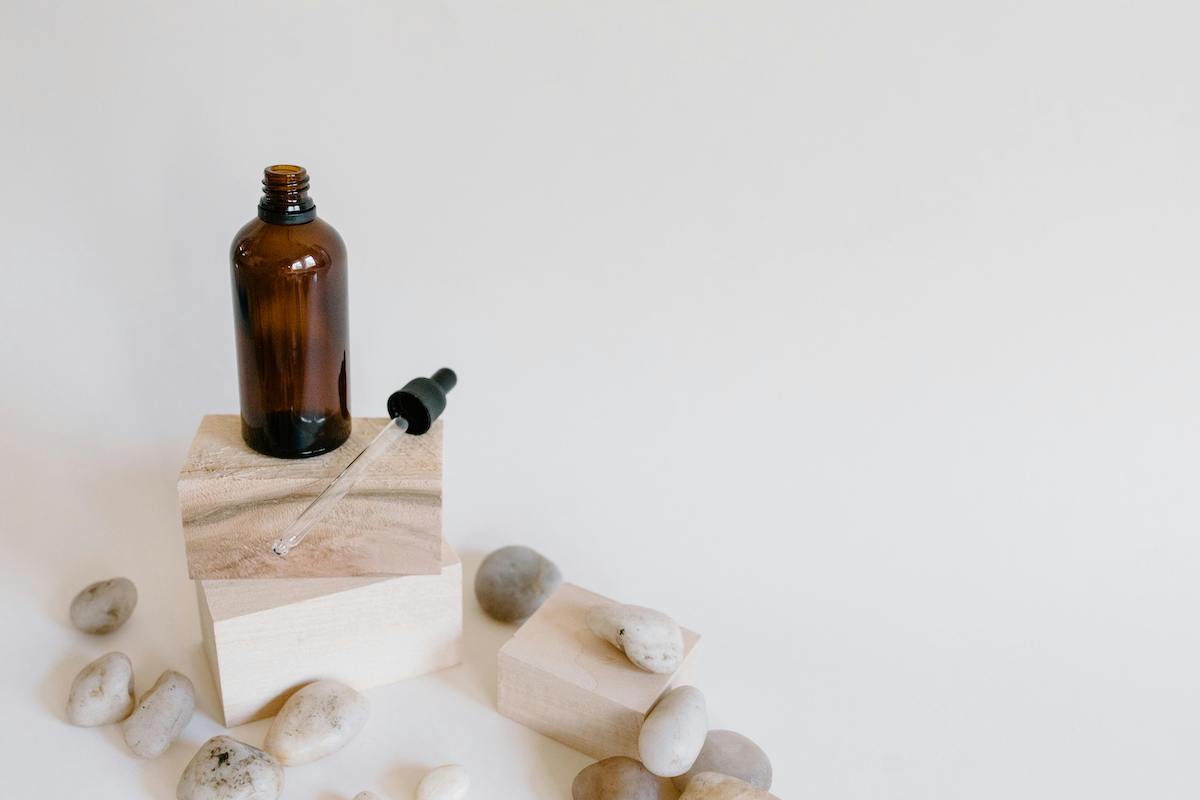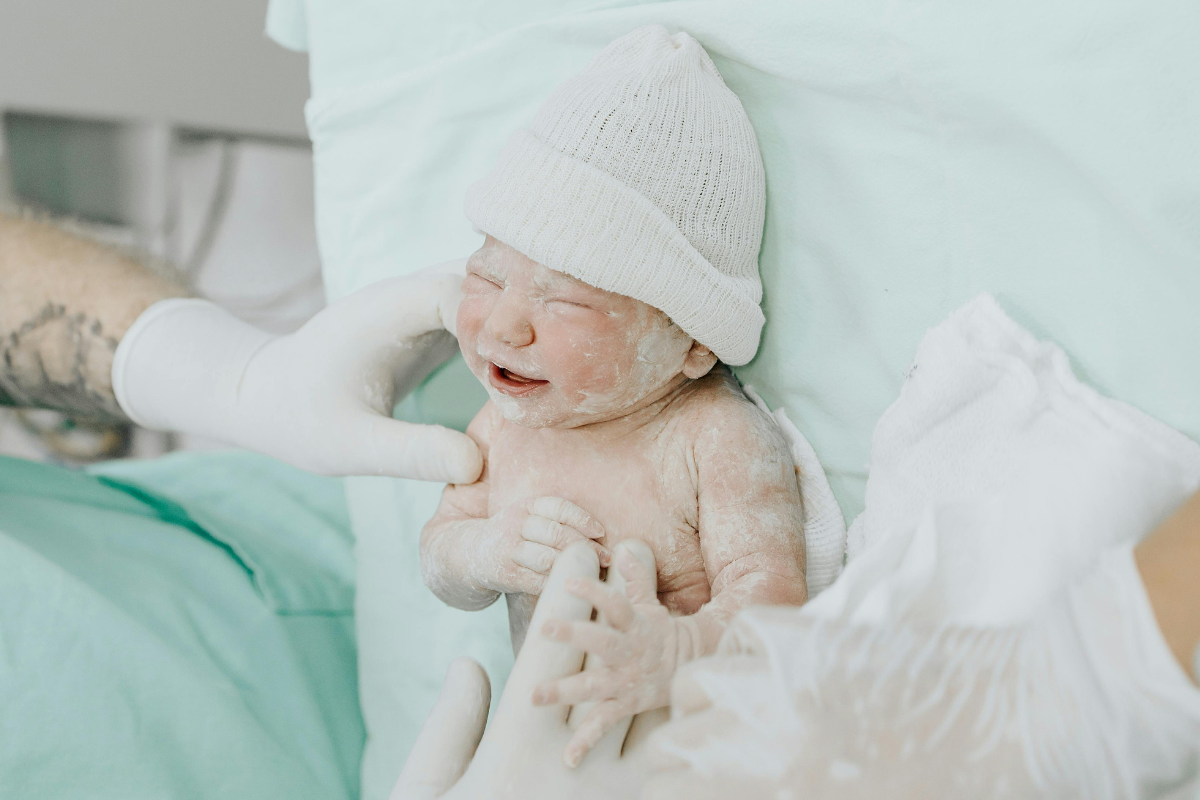My husband sent me what is effectively a panic headline, and now it lives in my head rent-free: “Infant’s death tied to contaminated breast pump, CDC says.” I do understand that this child had a serious comorbidity that increased the risk, and for a healthy child over two months, the risk is much lower. My question, though, is how common is the bacteria in home-use breast-pump parts, and what are the chances of complications from it? Or is this a one-off case with a good fearmongering headline (as if mothers need another source of anxiety)?
When I was first learning to use my pump, there was somewhat conflicting information on cleanliness depending on the perspective of the source. “Sterilize every surface and every part each time the pump is used! But not those parts, because they’ll warp.” Are those parts magically immune to bacteria? I think not.
—One Steamed Mama
First, I want to acknowledge how sad this story is. The mother of an infant in the NICU was pumping milk for her baby. Although she sterilized the pump parts, Cronobacter bacteria (likely from the kitchen) was introduced to the pumped milk. Tragically, the baby died. I cannot imagine the grief of these parents.

However, the risks to a healthy infant from a breast pump are extremely low. The bacteria in question is widespread in the environment, and for most healthy infants, it does not pose a significant concern. The CDC document in which this is reported estimates that there are about 18 cases of Cronobacter-related illness in infants per year. This is a tiny number on the overall base of about 4 million births.
There is a fine line here in panic headlines. That CDC report is really meant as a caution for hospitals caring for vulnerable infants. This is important, and it’s part of the CDC’s job to generate these reports, but the framing in the media can go too far.
For parents of healthy infants, this is not a significant risk. Cleaning breast-pump parts — washing with hot, soapy water, possibly putting through the dishwasher, etc. — is a good idea, though it does not have to rise to the obsessive.
Community Guidelines
















Log in
Some time-saving advice I received from a doctor friend was to keep the pump parts in the fridge between uses. Then, you can apply the longevity rules for breast milk in the fridge, and wash the parts less frequently.